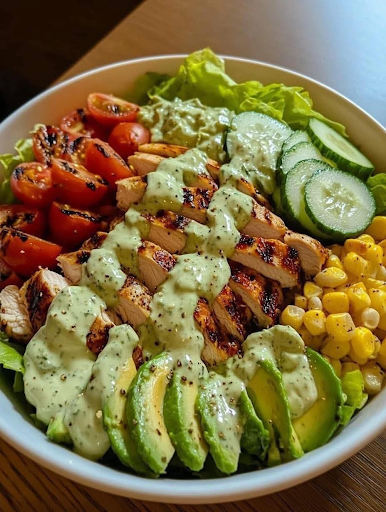
PC : Pinterest
A picturesque image of modern well-being standardized by social media influencers.
In modern society, we love a good-looking body, a sentiment shared by nearly three-quarters of all Americans, according to sources such as the CDC, or Centers of Disease Control and Prevention. Out of the number of admirers, half of us intend to get in shape, whereas barely 25 percent actually do it.
At this point, it’s practically a cultural mandate.
A great deal of us have abandoned our new year, new me goal several months ago. And now that summer is nearly over and done with, there isn’t exactly a rush for the perfect “bikini body”. I, for one, am guilty as charged, although kudos to the ones who have stuck with it.
We can safely put that out of our mind for now, at least until the moment we pull up our social media and proceed to be immediately bombarded by the “clean girl” or “gym bro” aesthetic.
Both are stereotypes of social media influencers that focus heavily on physical and mental well-being, doing activities such as yoga, running, journaling, and meditating. It has become less of a priority and has emerged as a lifestyle.
With this lifestyle portrayed in the media comes its own aesthetics and practices. The “clean girl” or “wellness girl” aesthetic is distinctive with slick back ponytails, minimalistic gym or yoga attire, and minimal to no makeup.
These individuals also have a unique view of the world, often rising earlier than others. True to the words “Early bird gets the worm”, they often start the day rising with the sun and going out for a run or engaging in yoga.
They continue this ritual with a mysterious green smoothie that is strangely reminiscent of sewer waters and a healthy breakfast. After completing their nine–to–five, individuals would wind down with a cold shower, elaborate skin care routine, and winding down by journaling.
This lifestyle is incredibly admirable, and those who can grit through the discomforts reap their rewards. I’m not here to insult someone for making good choices regarding their well-being. It is something that I wholeheartedly admire.
However, I am here to point out the performative nature that comes with every cup of matcha latte at an aesthetic study vlog. It is the minimalistic marble kitchens lined with sleek and costly kitchen appliances, the dreamy haze of journaling at dusk, and the packaged protein bars.
At times, it feels more staged than real, filter over filter to convince the viewer of the effortless grace of self-care, which, in truth, is often more of a curated lifestyle than an actual sustainable lifestyle.
What appeals to the audience isn’t necessarily the routine of self-care; rather, it is the carefully edited hours of calculated camera angles with the perfect lighting that blow up the influencer’s views and followers.
Suddenly, it becomes a performance.
This obsession bleeds into what we choose to eat since a healthy diet is essential to this aesthetic.
With this trend comes the rise of soup-salad bars and casual but healthy restaurants such as Cava, with menus of cold meals dressed up in warm language such as “hearty” and “comforting” choices of what one expects to find in a farmer’s market.
It’s customizable, of course. You have the freedom to pick the specific vegetable that will undo your last episode of binge eating or staying up until an ungodly hour the night before. A checklist of leafy greens and plant-based proteins, some hummus, and roasted chickpeas serving as bonus points.
What we choose from the menu is all meant to curate this specific image of what is the “right” thing to do.
If it fits the depiction of that one social media influencer and all of those aesthetic Instagram posts, then we must be doing something right.
Yet all of these “healthy” choices are shoved into a biodegradable bowl and curated to be presented on social media for the optimal amount of likes. Lukewarm kale doused in a mysterious green sauce doesn’t exactly seem to be something our doctors would recommend us to eat.
The irony is that in the pursuit of this healthy lifestyle, we consume routines identical to the countless other media presented to us that simply slip away after we swipe up.
These meals are not unhealthy, far from it in fact. Rather, it lacks the authenticity of a human hand that had lovingly prepared the meal for you. As well as the choice to eat is more performative than striking out from a point of genuine want for improvement.
This is a lifestyle that asks us to keep up with the filtered realities of social media.